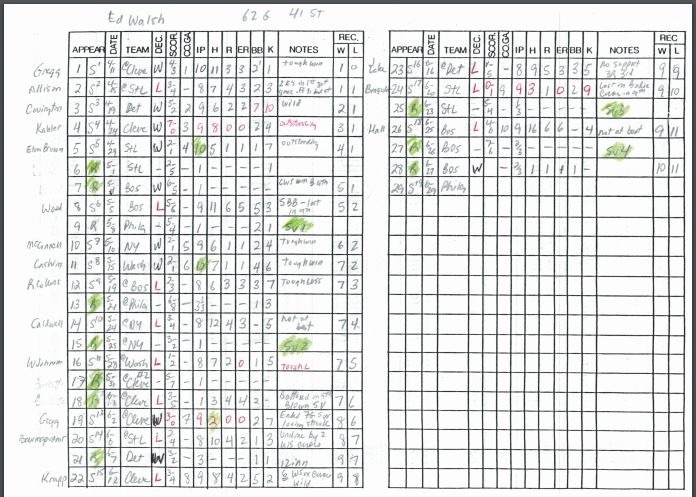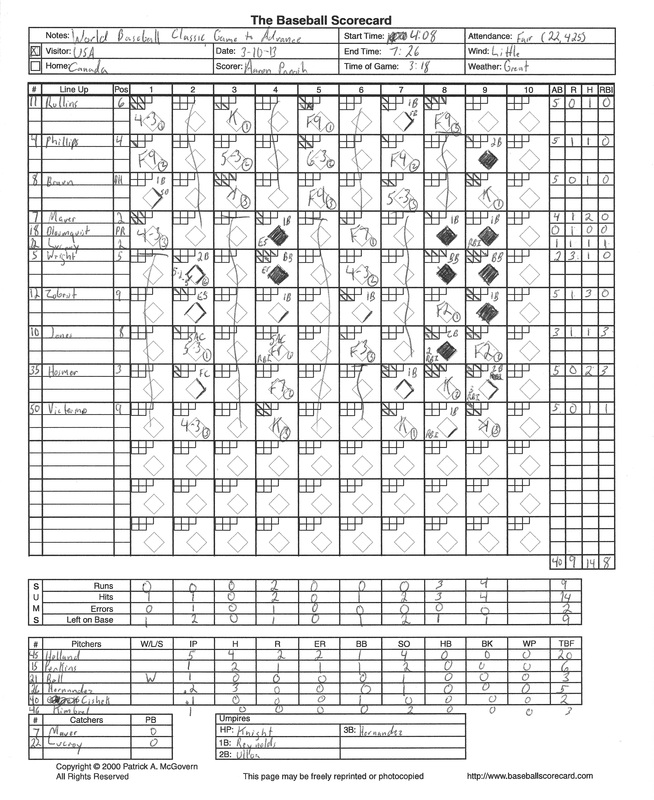

When APBA came out in 1951, the concept of the grade was added, so now pitchers fell into six classes: A&C, A&B, A, B, C and D. There were no grades, no subratings, no handicaps. Let me emphasize that these are not in any way APBA’s formula (we wish we knew!) but hopefully something close.In the original National Pastime game, the only thing that a pitcher contributed was hitting. Thanks to him for a great question and thanks to Steve Stein for his help! With a little stat work, he should be able to determine which pitchers in his season warrant an R, a K or a ZZ. Steve was nice enough to include all strikeout and walk letters, too. Keep in mind that he uses K/9 IP and BB/9 IP K/(BF-IBB) and BB/(BF-IBB) where BF=batters faced and IBB=intentional walks but these numbers must be compared to the league average (i.e. Steve had the answer in a jiffy and good one at that. But I sent an email to Steve Stein from the Transcontinental Baseball League who is generally smarter than I in matters like this. I have to admit I was ignorant of what the exact values were off the top of my head. But there are generally accepted values for each rating. Well, only APBA knows and they’re not telling. really wants to know is how pitchers get these ratings of R, K and ZZ. While the R (which actually reduce strikeouts by turning them into fly outs and ground outs) and the K strikeout ratings are relatively new the ZZ control rating has been around for some time (anyone have the exact years?). In combination with the Y, X, and W already in place, APBA hopes to fine tune these stats. These ratings are meant to further articulate the strikeout accuracy (in the case of R and K rating) and the walk accuracy (in the case of the ZZ). Now let’s get to your specific question: the pitchers R, K, and ZZ ratings. Though baseball fans always seem to be resistant to any changes, most people I’ve talk to seem to like the new APBA boards and ratings now in place. For example, is what a pitcher needs to receive an R dependent upon what the league’s K/9 is? Changesįirst of all Chris, welcome back to APBA baseball! There have been some definite changes in the game.

And, for that matter, is it era-dependent. I assume the R rating may be based on something like K/9, but I’m wondering how long it needs to be to warrant an R. Since I just got back to it, I see they now have some new pitcher ratings, like R, K, and ZZ.ĭo you have any idea how a pitcher gets those ratings? I’m trying to sort of “retro-fit” older seasons I owned in the past. I’m returning to APBA for the first time in a LONG time! He has a good question regarding some of the relatively new changes in the pitching grading. Over the holidays, I received an email from Chris W.


 0 kommentar(er)
0 kommentar(er)
